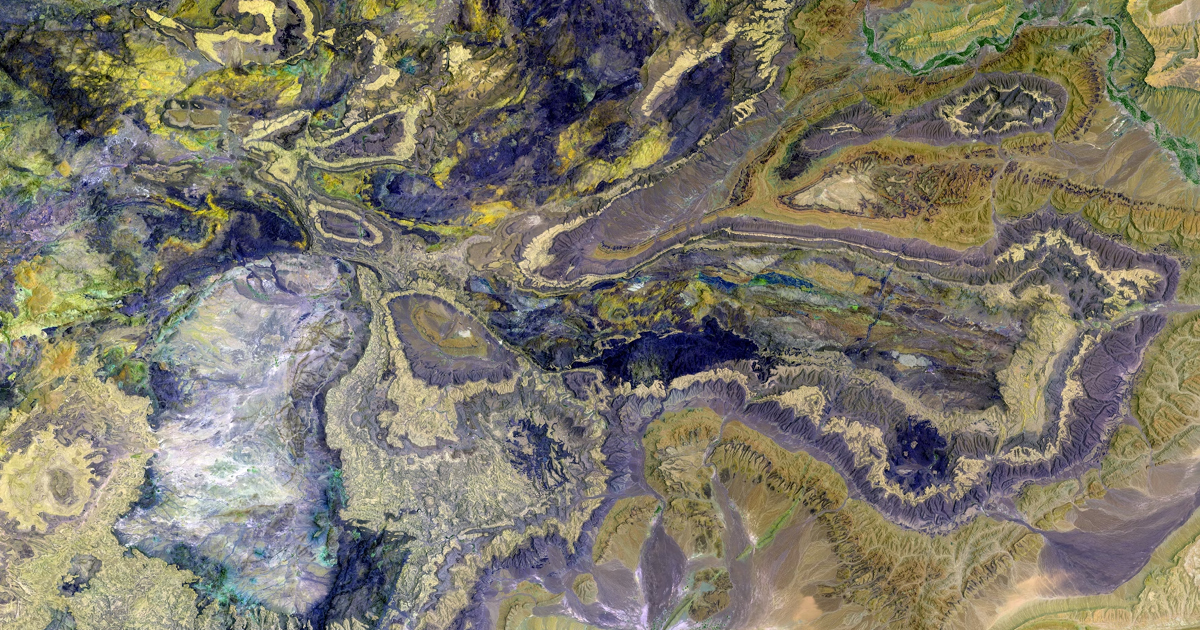- 2.5Impact Factor
- 5.5CiteScore
- 20 daysTime to First Decision
Remote Sensing Image Processing and Application, 2nd Edition
This special issue belongs to the section “Earth Sciences“.
Special Issue Information
Dear Colleagues,
Today, it is easy to obtain remote sensing images from different types of sensors, such as hyperspectral, multispectral, LiDAR, etc. Remote sensing images (RSIs) are one of the fastest growing research areas because of their wide range of applications.
As remote sensing technologies and methods continue to improve in recent decades, scientists have made great strides in the field of remote sensing image processing. Satellite, airborne, UAV, and terrestrial imaging techniques are constantly evolving in terms of data volume, quality, and variety. Remarkable efforts have been made to improve their interpretation accuracy, subpixel-level classification, and many other aspects.
This Special Issue will be a collection of articles focusing on new insights, new developments, current challenges, and future prospects in the field of remote sensing image processing. It aims to present the latest advances in innovative image analysis and processing techniques and their contribution to a wide range of application areas, in an effort to predict the future progress of the discipline and practice that they will facilitate in the coming years.
Prof. Dr. Weitao Chen
Dr. Ailong Ma
Prof. Dr. Guohua Wu
Guest Editors
Manuscript Submission Information
Manuscripts should be submitted online at www.mdpi.com by registering and logging in to this website. Once you are registered, click here to go to the submission form. Manuscripts can be submitted until the deadline. All submissions that pass pre-check are peer-reviewed. Accepted papers will be published continuously in the journal (as soon as accepted) and will be listed together on the special issue website. Research articles, review articles as well as short communications are invited. For planned papers, a title and short abstract (about 250 words) can be sent to the Editorial Office for assessment.
Submitted manuscripts should not have been published previously, nor be under consideration for publication elsewhere (except conference proceedings papers). All manuscripts are thoroughly refereed through a single-blind peer-review process. A guide for authors and other relevant information for submission of manuscripts is available on the Instructions for Authors page. Applied Sciences is an international peer-reviewed open access semimonthly journal published by MDPI.
Please visit the Instructions for Authors page before submitting a manuscript. The Article Processing Charge (APC) for publication in this open access journal is 2400 CHF (Swiss Francs). Submitted papers should be well formatted and use good English. Authors may use MDPI's English editing service prior to publication or during author revisions.
Keywords
- remote sensing
- image processing
- hyperspectral image

Benefits of Publishing in a Special Issue
- Ease of navigation: Grouping papers by topic helps scholars navigate broad scope journals more efficiently.
- Greater discoverability: Special Issues support the reach and impact of scientific research. Articles in Special Issues are more discoverable and cited more frequently.
- Expansion of research network: Special Issues facilitate connections among authors, fostering scientific collaborations.
- External promotion: Articles in Special Issues are often promoted through the journal's social media, increasing their visibility.
- e-Book format: Special Issues with more than 10 articles can be published as dedicated e-books, ensuring wide and rapid dissemination.
Related Special Issues
- Remote Sensing Image Processing and ApplicationinApplied Sciences (10 articles)

